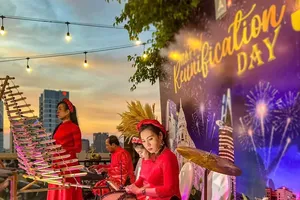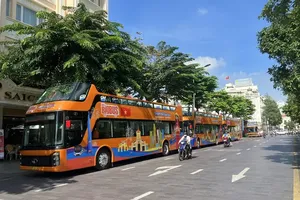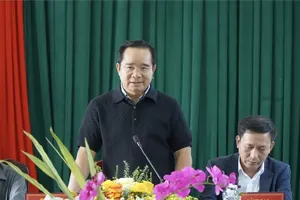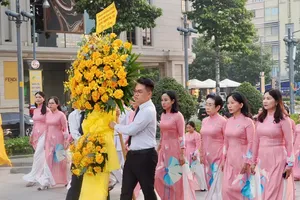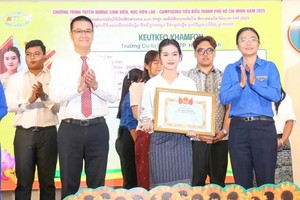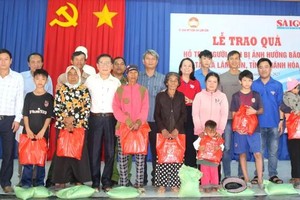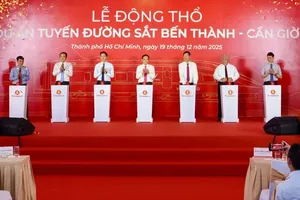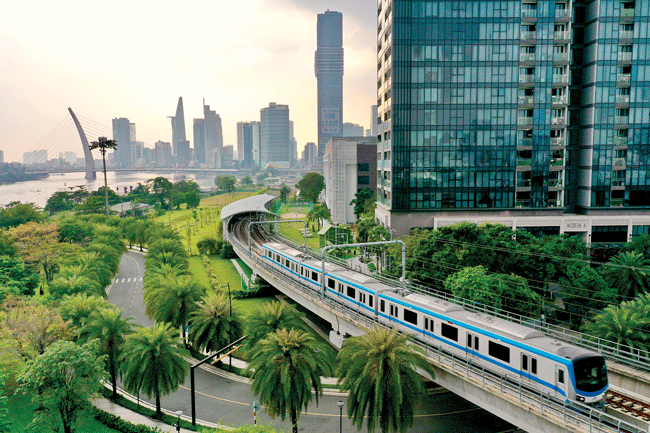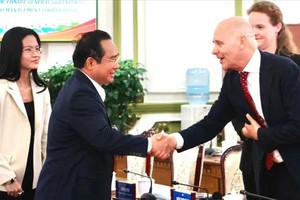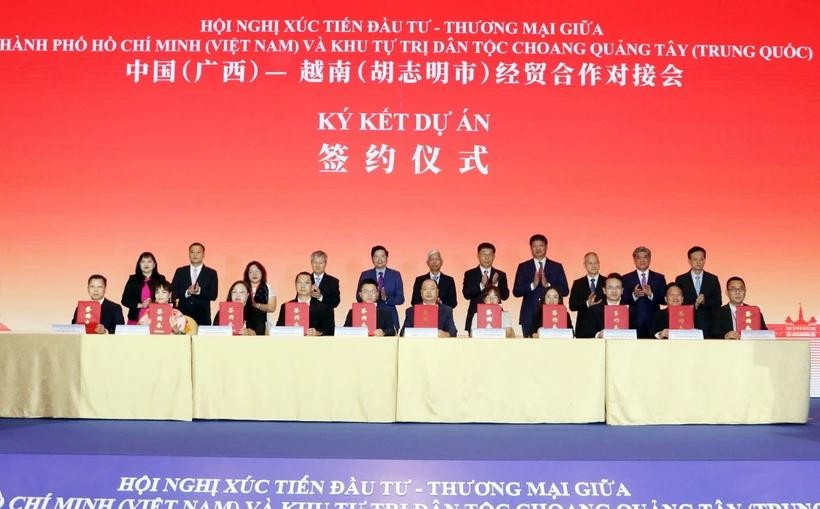
In his opening remarks, Liu Ning, Secretary of the Party Committee and Chairman of the Standing Committee of the People's Congress of the Guangxi Zhuang Autonomous Region, said that Vietnam has remained Guangxi’s largest trading partner over the past 25 years, with two-way trade in the first half of this year up 35.6 percent year-on-year.
Guangxi is willing to work with Vietnam to thoroughly implement common perceptions reached by leaders of the two parties and the two countries; implement the 3-year action plan for economic and trade cooperation between the two sides; boost collaboration between industrial parks and industrial and supply chains; explore the establishment of new mechanisms for cross-border cooperation between industrial zones; and promote comprehensive collaboration and exchanges in various fields, including economy, trade, investment, transport, culture, tourism, education, agriculture, and electricity, said Liu.
Vice Chairman of the HCMC People's Committee, Vo Van Hoan stated that the markets of Vietnam and China, and HCMC and Guangxi in particular, complement each other in terms of economic structure, proximity for convenient transport of goods, and the diversity of trade exchanges.
The conference provided an opportunity for businesses from both sides to learn about and update market conditions, investment attraction policies, and practical business solutions; and enhance investment and trade cooperation.
Hoan expressed his strong desire to further enhance trade and investment collaboration with Guangxi, particularly in specific areas such as mechanics, infrastructure, transport, high technology, energy, finance, and trade.
At the conference, Vietnamese businesses, including those from HCMC, and enterprises from Guangxi exchanged information, introduced their potential and strengths, and expressed their hope to connect and cooperate in areas of mutual interest.
Additionally, 30 Vietnamese and Guangxi enterprises and units signed 14 cooperation agreements, with focus on facilitating trade and investment, capital mobilization, consumer spending, logistics, and the exchange and development of human resources.
